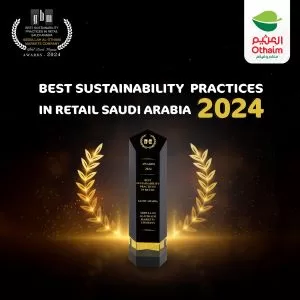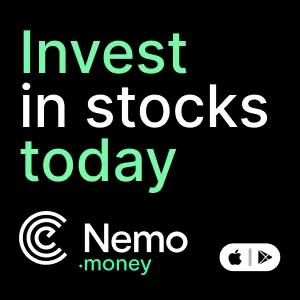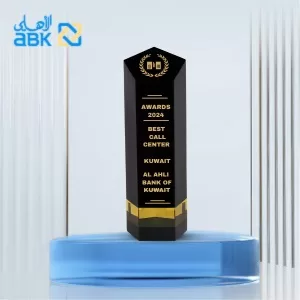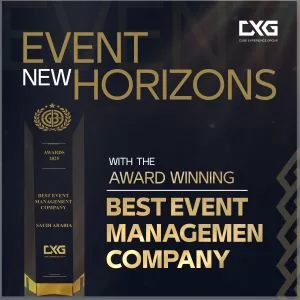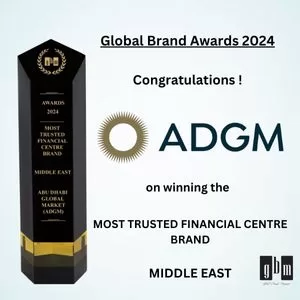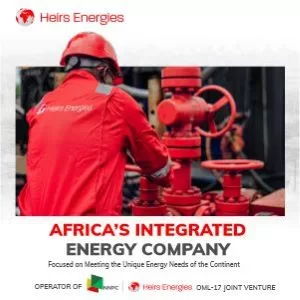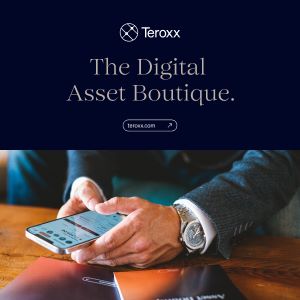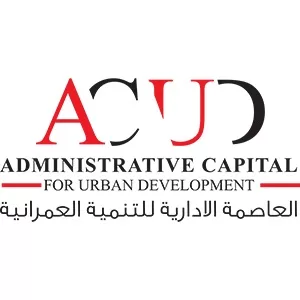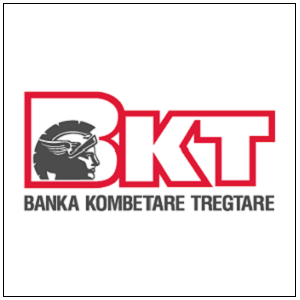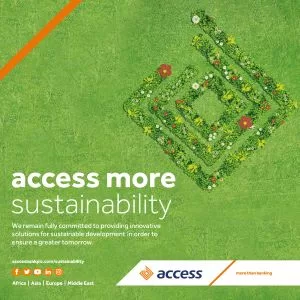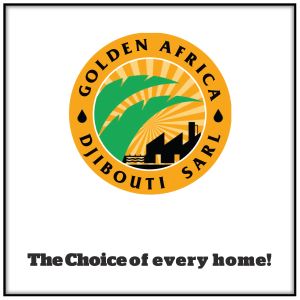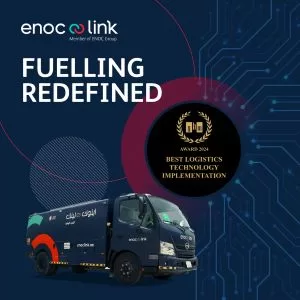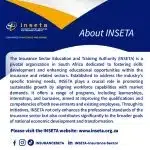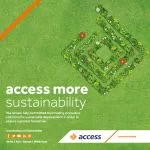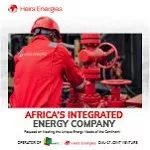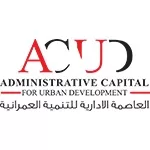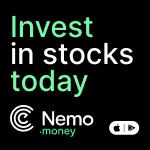Science & Environment
Greenland’s Mineral Rush: Navigating Economic Growth and Environmental Impact
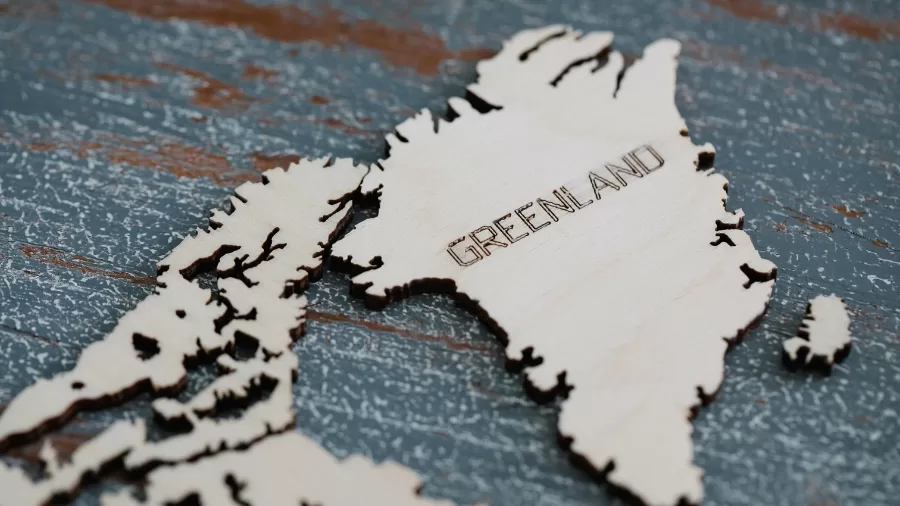
- Given the large reserves of rare earth minerals in Greenland—for a fact, it is very well positioned as the leading player in the world’s change towards green energy—respective global economic interest and geopolitical interest grow hugely for its exploration and exploitation.
- Challenges abound for the island when it comes to balancing economic growth, environmental preservation, and indigenous rights, while other noteworthy challenges emerge from the participation of growing foreign investment in its mining sector.
Greenland is presently living an unprecedented turning point in its worldwide significance, as the international gaze focuses on the island’s immense and untapped mineral wealth. Due to its immense quantity of rare earth minerals and other strategic resources, Greenland is now being moulded as a key player in the future of green technology, energy, and global supply chains. With a green future at stake, their adversary of acquiring these vital minerals turns simultaneously intense. This is a direct outcome of leapfrogging onto the bandwagon and entering the environmentally friendly future. With countries and industrial establishments rushing to secure their slice of these cardinal materials, the mineral wealth of Greenland is rapidly turning into a major focus for economic as well as geopolitical facets.
Greenland’s Part in Global Turning Green
The great need rests in the fact that Greenland’s mineral-rich areas have become the leading boots on the ground of the green-energy revolution and may continue to remain so. E.g., rare earth minerals, comprising neodymium, dysprosium, and praseodymium, are vital to the development of batteries for electric vehicles, turbines for wind power, and various other technologies for clean energy. If a mass shift in the global economy continues towards renewables, much pressure on those minerals is expected. The large but relatively untapped reserves in Greenland can fulfil the ever-growing needs of the renewable sector.
Rare earth metal elements are not the only stuff that the island holds. Many other minerals are found there, such as uranium, copper, and zinc, crucial to industries in electronics and construction. As the world put in more resources for carbon neutrality, minerals from Greenland started adding a lot to the power technologies of tomorrow.
Opportunity for Investment and Economic Growth
Greenland’s economy would greatly benefit from exploiting its mineral resources. Estimates suggest that the rare-earth deposits in Greenland might be worth billions of dollars, for which several big companies and nations are now keenly interested in ensuring a stable supply of highly vital resources. Exploration and mining of such resources are being seen as potentially very remunerative for Greenland, which has in the past been surviving very much on a small economy varying from fishing to welfare assistance from Denmark.
Investment into Greenland’s mining sector is growing in leaps and bounds, with the involvement of some of the key international players scouting opportunities around the island for developing mines. This could be highly rewarding for Greenland in terms of economic growth, employment generation, and social infrastructure. The Government of Greenland has recognised the economic opportunity and is striving to put a set of rules in place for the responsible development of the mineral sector. Nonetheless, the rapid pace of exploration and development is worrying about the impact large-scale mining could have on the island’s fragile environment and native communities.
Social and Environmental Implications
Looking primarily at the economic benefits, one must also consider the social and environmental effects of mining Greenland’s riches. Greenland’s unparalleled and unsullied natural wildernesses are a draw for tourists and scientists alike, whose landscape transformation would have consequences far into the ecological balance of the island. Noings are spelt out as well as the dangers to the environment that have long been associated with mining, from habitat destruction to water pollution, from air pollution to land disfiguration.
The effect of mining on the social level has been under discussion among the local populations, especially indigenous communities within Greenland. Some are afraid that their traditional lifestyle will be ruined; others feed on the fact that industrial activities will drain the energy from fishing and hunting and thereby inculcate an even deeper blow into their identity. Besides employment prospects, the emotional and ethical questions concerning the sustainability of these industries are put on the table, or how well those strings of interest are going to faithfully secure the needs of the indigenous people of Greenland.
Greenland’s government is faced with a rather complicated blend of factors as it looks to develop the economy: one that will guarantee the island’s station heritage is maintained and that will be conducive to meaningful environmental sustentation. Furthermore, the economic and social benefits from the exploitation of resources should sufficiently strengthen the safety elements in Greenland, given the historical dependency on external subsidies coming from Denmark.
Geopolitical Implications: Introduction to Some New Flashpoints Geopolitics
Greenland’s store of natural riches throws up some interesting geopolitical arguments. With the slight, strategic importance of these resources getting acknowledged, countries around the world have been looking for options of actively obtaining a piece of the action—Kenyan style, that is. With its pivotal location within the Arctic Circle and the potential to become the key player in the critical mineral supply chain, Greenland has been picked out by world powers like the United States, China, and Russia. Tap-dancing on an overdose of nationalism, this race most definitely has got to come with some geopolitical trauma, especially from those who want to go out and diversify their supply chains and thereby reduce entirely their dependence on China for rare earth minerals.
The USA has always been seeking to acquire strategic resources of Greenland for its military and energy industries. China, producing the highest amount of rare earths, knows this only too well and has been inclined to build relationships with the Greenland government and business set-up to ensure its access to these basic resources. Greenland has always tried to negotiate decent but careful relations with foreign powers as it seeks to give Denmark the most gratification while in control of its autonomy while making decisions.
Taking One Step Forward: Sustainable Resource Management
With the demand for Greenland’s mineral resources growing, it has become crucial for resource extraction to be responsible. The theme certainly involves tough environmental standards, concern for local communities, fair distribution of benefits to Greenland’s population from mining, and the future of Greenland’s mineral wealth probably lies in achieving a certain balance between economic development and environmental conservation, also addressing cultural considerations of its indigenous peoples.
Nonetheless, Greenland needs international collaboration to secure sustainable enterprise in the supply chain of rare earths around the globe. This cooperation will involve governments, businesses, and environmentalists in co-designing guidelines that could foster the practices of safe mining and counter the dark impact of mining operations.
Emerging Global Role of Greenland
Greenland is having to shape its role in the global economy as the mineral wealth is drawing global attention. With a vast amount of not just rare earth elements but also other strategic minerals, Greenland has become an actor in the energy revolution and the harbinger of green technology for the world. However, as Greenland unfolds with occupying its mineral resources, it must immerse itself in a complicated swamp of environmental, social, and geopolitical hurdles.
The future of Greenland’s mining sector is uncertain. Nevertheless, its importance in shaping a global scenario of sustainable development and how resources are managed cannot be underestimated. With a vision for strategic planning and stewardship, it is in the interest of humanity that Greenland should play a pivotal role and facilitate adoption towards a sustainable and green global economy. Because of the growing demand for rare earth minerals, Greenland’s place in a global market context of minerals will increasingly take shape, making the island a potential resource for future generations.



